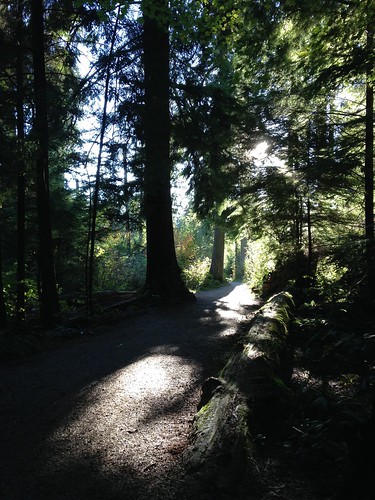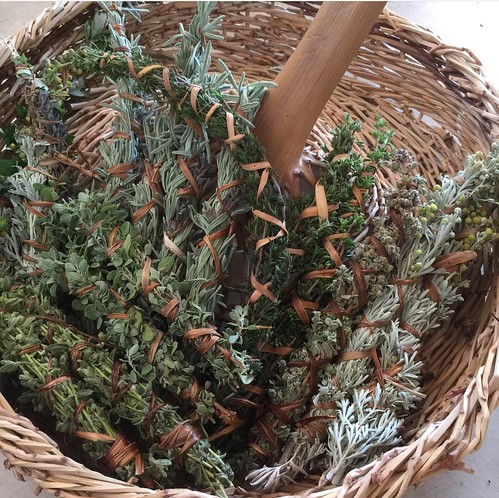Light in Perfume

The concept of light in perfume is an abstract and obscure one, which I find extremely fascinating yet not so much spoken of. You'll mostly see the word Light in perfume pertaining to weight, as in the French Légère, and not to any kind of illumination. There is a "Light" or "Lite" version of many fragrances, typically introduced for the summer months as limited editions. After screening out all these types of weightless fragrances, and perfumes with the word "Delight" in them, about a dozen surround the phrase "Moonlight", some relating to "Dawn", others to "Sunset" (including my own Sunset Beach), several to "Twilight" and ones pertaining to the very particular natural phenomenon of Northern Lights, Aurora Borealis - we are left with a few interesting names that actually include light in them as a concept. Among them stand out perfume names such as Bolt of Lightning (JAR), Twilight Shimmer (Michael Kors), Twilight Woods (Bath & Body Works), Light My Fire (Killian), The Night the Lights Went Out (Southern Comforts) Love's True Bluish Light (Ava Luxe) and Ray of Light (April Aromatics), as a few of the interesting ones name-wise. And lately I was fortunate enough to smell Anna Zworykina's Shiny Amber. And then there is Moonshine, whose name perhaps originated from the state of mind created by methanol-laced homemade alcohol distillates, and in any case is only technically related to perfume via their shared medium, spirit.
When aldehydes first became popular with the, and were still considered "modern" (that was almost 100 years ago, when No. 5 by Chanel just came out), they were described as adding a "sparkle" to a perfume, which is a decidedly light-related word. It alluded to their abstract and modern quality, and an effect that was so new and different at the time. But it is really "sparkle" that they add, or is it diffusiveness? Is it a certain light-like quality, or it is more of a texture? Surely now there are other aroma chemicals that create a far more "sparkling" quality than those fatty, skin-like aldehydes ever did.
Otherwise, the concept of light is generally quite foreign to perfume jargon. Recent ad copies for perfume have been different though, often mentioning the obscure term "solar" to describe a range of quite different notes, from musk to amber to flowers. This trend began with Narciso Rodriguez For Her, touted as sporting a "solar musk note". Mind you, their much later fragrance NARCISO is far more sunny-smelling to me, but this time its theme is amber rather than musk. Very little explanation was provided at the time but the term stuck and can now be found in dozens of ad copies for millennial fragrances. I suppose in the same way we can say that sunflowers are "solar" in their shape, colour and behaviour - these notes add a quality of warm light, which is diffuse and soft - rather than the sharp and bright, broad-daylight sunniness of, say, an orange or a mandarin. When I think of analogues from my own natural palette, Roman chamomile essential oil comes to mind - a floral note that is warm, honeyed, fruity, sunny, yet soft and very diffuse. Using it definitely creates a solar energy so to speak in a perfume, and indeed, I have used this ingredient in both my Leo Zodiac Perfume Oil, and in the Sun Incense Pastilles. I am quite certain that nobody in the mainstream perfume industry thinks of chamomile, sunflowers or calendula when they are talking about "Solar Flowers" though. It is definitely something that is achieved by manmade synthetics, ones that I know next to nothing about.


We have many light-words which are related to a time fo the day, beginning with the mundane and very useful "Day", "Night", "Morning" and "Afternoon". And since each of those happen daily - most people know what kind of light-quality is discussed, when light-related words such as dawn, sunrise, high-noon, sunset, twilight and dusk are mentioned. Similarly universal, yet perhaps less commonly discussed by lay-people are the Summer Solstice and the Winter Solstice, the Vernal Equinox and the Autumnal Equinox. Both have more to do with quantity of light (lengths of day and night). Other phenomenon may be relevant only to a particular part of the world, such as the Aurora Borealis is in the Arctic Circle; and the Midnight Sun in both poles.
Adjective pertaining to light may refer also to its colour as well, such as Iridescent or Opalescent and also pointing at its source of energy. For example - Fluorescent light which is transferred through gas, Phosphorescent, which emits the glow in delay, re-releasing light after its source has been turned off or removed; or Incandecant, which emits light though extreme heat, which happens when we overheat metal or glass, same thing that happens in old-fashioned light-bulbs. In essence, this is thermal energy (heat) which transforms into light energy.

Back to the world of perfume: we do borrow vocabulary from other realms, such as light, to describe fragrances. So we may say a fragrance is radiant, iridescent, shimmering, luminous, sparkling, shiny, bright, light or dark. But which specific fragrances have those light-related qualities? Can we really relate to fragrances with such visual yet abstract terms without spilling over to the topic of synesthesia? How much is it marketing and associations, and how much is it that we really see and feel the colour purple when we small champaca; And is it really synesthesia or we just associated "chocolate" with "brown", "roses" with "red" and "smoky notes" with "black"?
At the beginning of this year I have collaborated with a visual artist Sanaz Mazinanai, for her solo exhibit “Light Times” that explored the technical history of photography and its implication on this art form.when I created an ambient (environmental) fragrance named ILLUME for her art show dedicated to the history of photography. This was a conceptual art show, not truly a historical one, which explored the relationship of photography and memory, technology and the personal. Scent was not the only memory-related aspect of this abstract show. There was also music, composed by Mani Mazinani. The idea was how when we record something, for example through photographing it, as well as when we later associate a life event or a memory with scent or sound, its original meaning changes and perhaps even gets lost and is being replaced by these visual, fragrant or acoustic representations.
The concept of light is something I intend to continue exploring in the coming year 2020. In the meantime, I would love to hear your thoughts on the subject. And if there is any special light-related perfume that I missed, and must smell - please leave a comment.
Labels: Art Philosophy, Conceptual Art, Illume, Komorebi, Light, Light in Fragrance, Light Times, Mångata, Moonshine, Perfume Philosophy, Philosophy, Sunset, Sunset Beach, Sylvanshine, Twilight


































